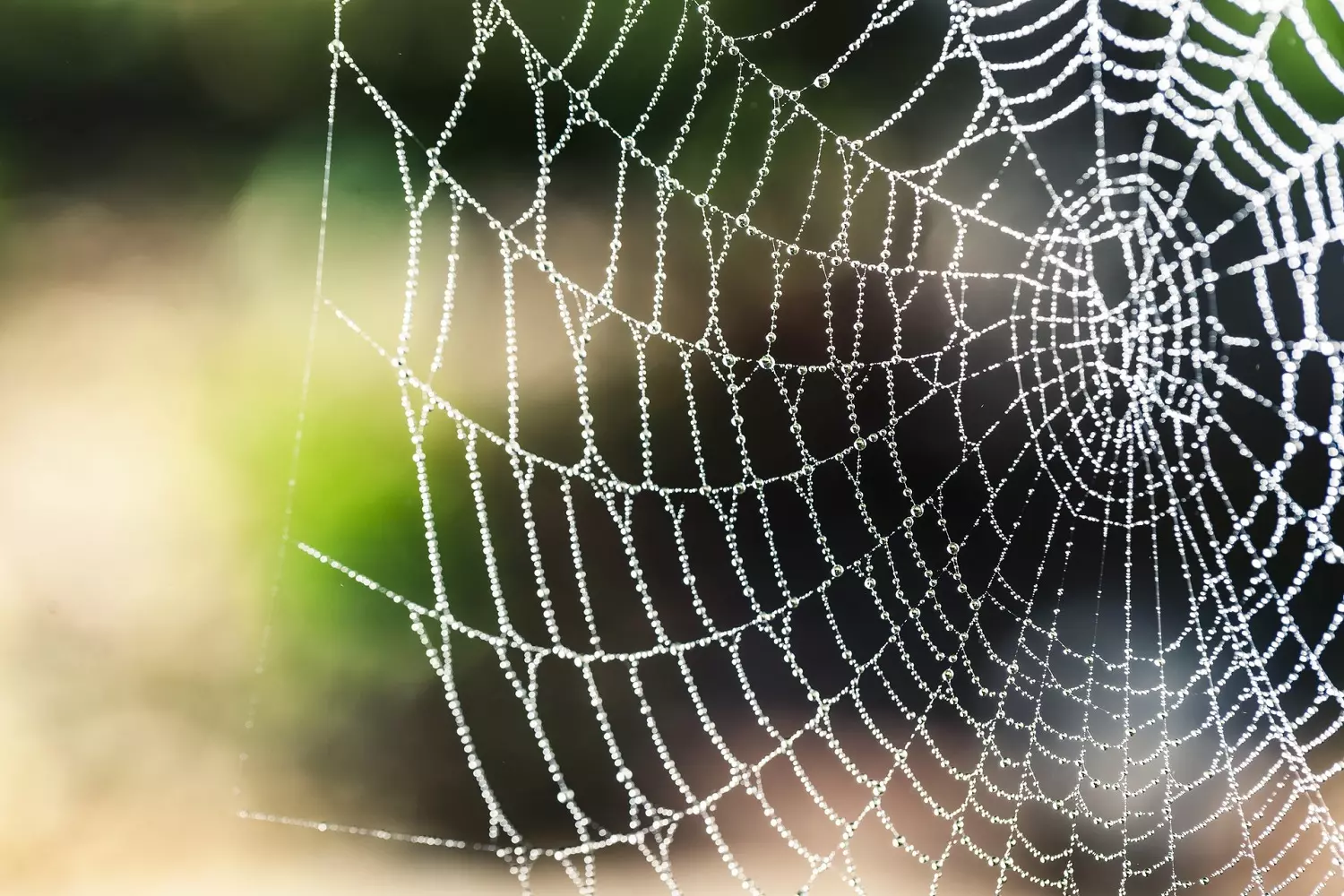[Originally published as Don’t Let Spiders Fool You]
Do you think Spiderman’s ability to toss a web in a flash is impressive? Well, check out the slingshot spider from the Peruvian Amazon which can sling its web at a faster acceleration than a cheetah. A high-speed camera recorded its speed at 3,600 feet per second squared while a cheetah launches from rest at only 42 feet per second squared.
A biophysicist from Georgia Tech, Symonne Alexendar, first reported this on March 4, 2019, at the meeting of the American Physical Society.
This tiny member of the Theridiomatidae family of spiders only measures 0.1 of an inch [3 mm] or the size of a little fire ant. When this teeny spider senses a potential meal, it launches its web with lightning speed and entangles its prey into a sticky silk web.
The Family of Spiders
Like all arachnids, this amazing spider has eight legs, unlike insects, and doesn’t have antennae. Spiders don’t have a great reputation because of their scary appearance, and most people would not put them in the category of “cute.” It doesn’t help that they also have poisonous curved fangs that most of these creatures use to kill its prey. Spiders carry a toxic venom in small quantities. For the most part, this venom does not harm humans.
There are 3,000 different species of spiders in North America, and only two are considered dangerous. The black widow’s neuron toxins, for example, are 15 times more dangerous than a rattlesnake, but because of the tiny amount injected with a bite of this spider, it’s rarely fatal to humans.
Another menacing arachnid that may go unnoticed is the brown recluse spider, or violin spider, because of its violin-shaped marking on its back. In the daytime hours, this spider, the size of a quarter, tends to hide in secluded areas like clothing or under leaves and branches. It is not aggressive, only reacting to humans with a nasty bite when it feels threatened. They have small fangs and can’t bite through clothing. When humans do get bit, they can’t feel it at first, but in 3 to 8 hours, the site where the venom enters the skin becomes red, swollen, and tender to the touch. Most bites heal in 3 weeks, but there are cases where the skin becomes a necrotic lesion that can leave a deep scar, taking months to heal.
There is a very good chance that the average North American resident will never get bit by one of these two spiders. Don’t let their looks and reputation get in the way of your appreciation of this creature’s amazing ability to produce webbing. It is an awesome design process that allows them to produce a prey-catching web on demand or send out a slingshot of thread to capture lunch in a split second.
Homespun Silk
Silk is an incredible material combining flexibility and strength. A spider’s silk is not only sticky but also extremely flexible and strong to surround and firmly hold its prey. We find it extraordinarily difficult to produce a fiber with both of these properties. However, the spider amazes us with this combination of spinnerets and stomach glands that produce silk protein bonds so strong that, if woven the size of a rope, would retain its flexibility and be yet stronger than a steel pipe. How strong? A rope of spider silk the size of a garden hose could support the weight of two full Boeing 737 airplanes. It is also said to be ten times stronger than Kevlar.
This amazing material comes from a spider’s spinnerets located underneath the spider’s abdomen. The number of spinnerets varies among spiders, but the most common number is six. These spinnerets form a highly complex manufacturing system on a microscopic level that produces silk on demand.
Those who have walked through a spider’s web have experienced its stickiness. It is difficult to get it off our skin, hair, and clothes. It is waterproof and works even better when wet to stop its prey in its tracks.
It’s even more complicated when you consider the proteins making up the silk to provide different kinds for special purposes. We know of 40,000 species of spider across the world and each spider produces several different kinds of unique silk, creating a huge array of silk proteins as unique markers for the webs they spin.
The big question is, where did this detailed complexity originate? Evolutionists move to the realm of supposition, which is based on their ideas, not on a supernatural intelligent designer. God has created the living world, with spiders included, to show His glory. He wants us to study His creation as we study His Word so that we can see Him manifested everywhere, even in the lowly creatures that we say are scary or ugly. They can teach us so much.
But God chose the foolish things of the world to shame the wise; God chose the weak things of the world to shame the strong. He chose the lowly and despised things of the world and the things that are not, to nullify the things that are, so that no one may boast in His presence. 1 Corinthians 27-29 NKJV






